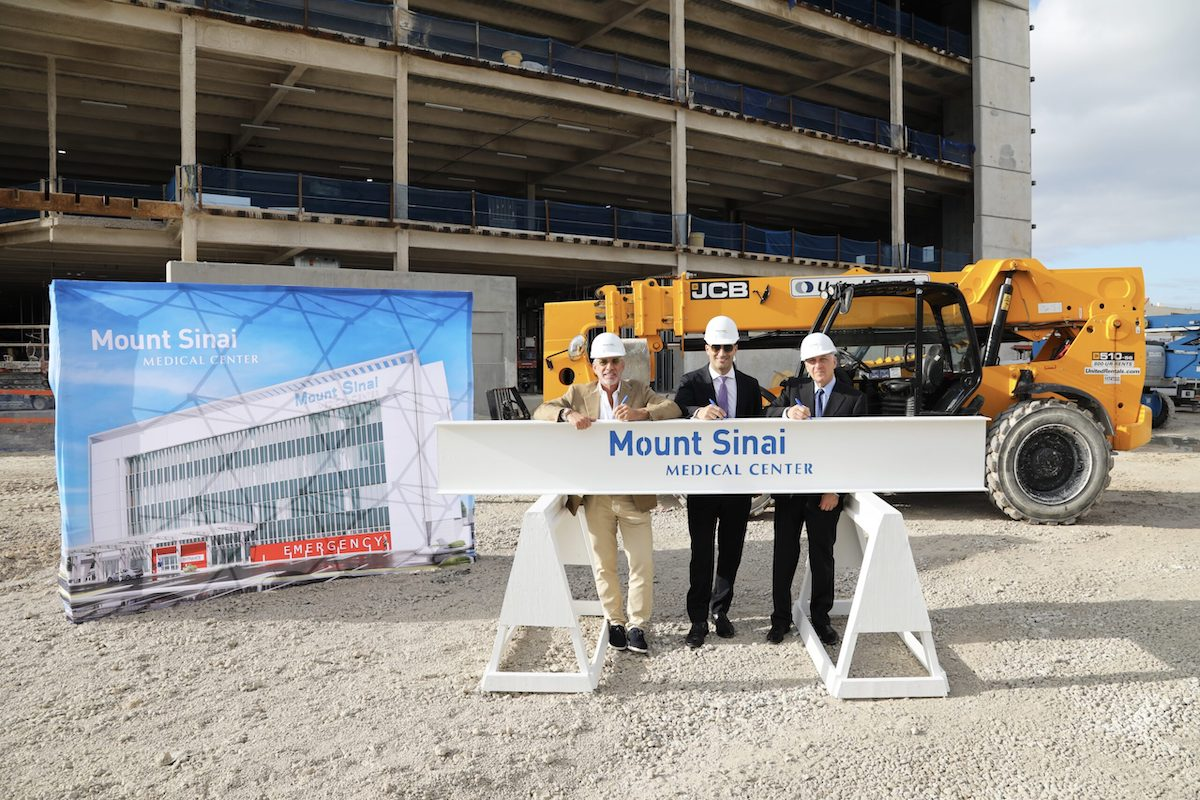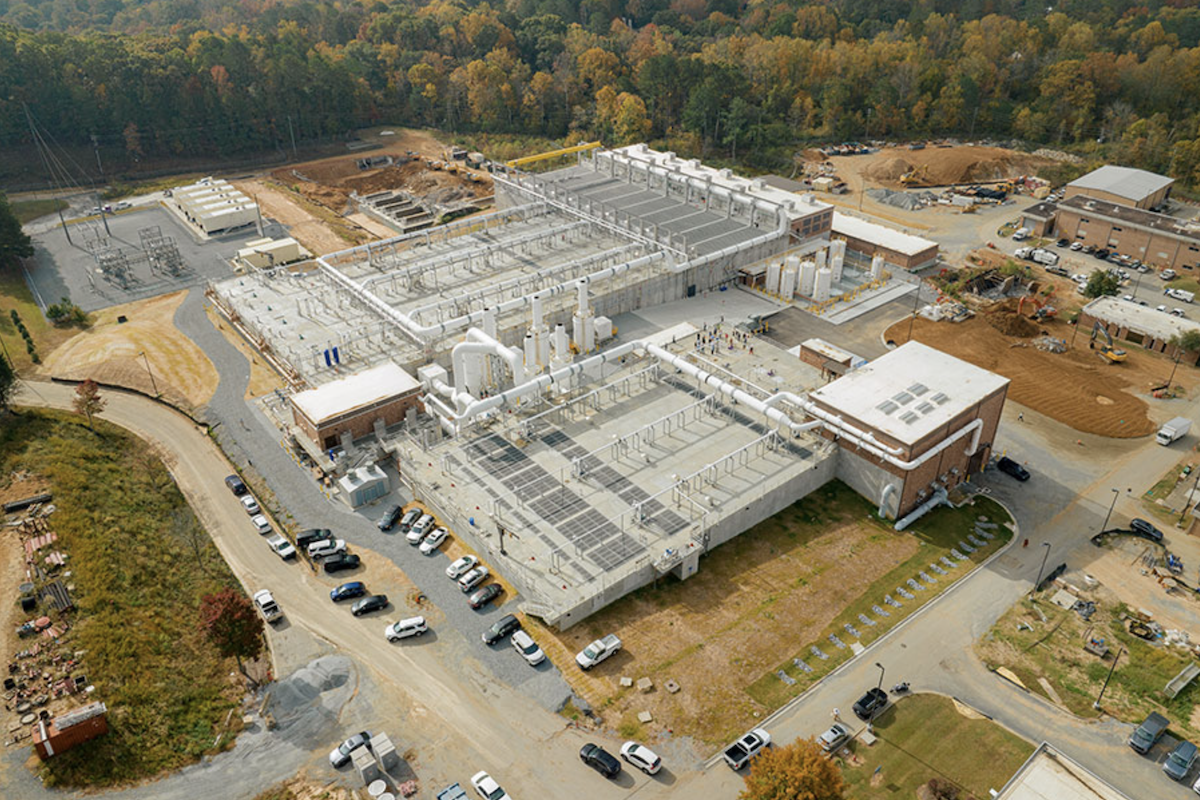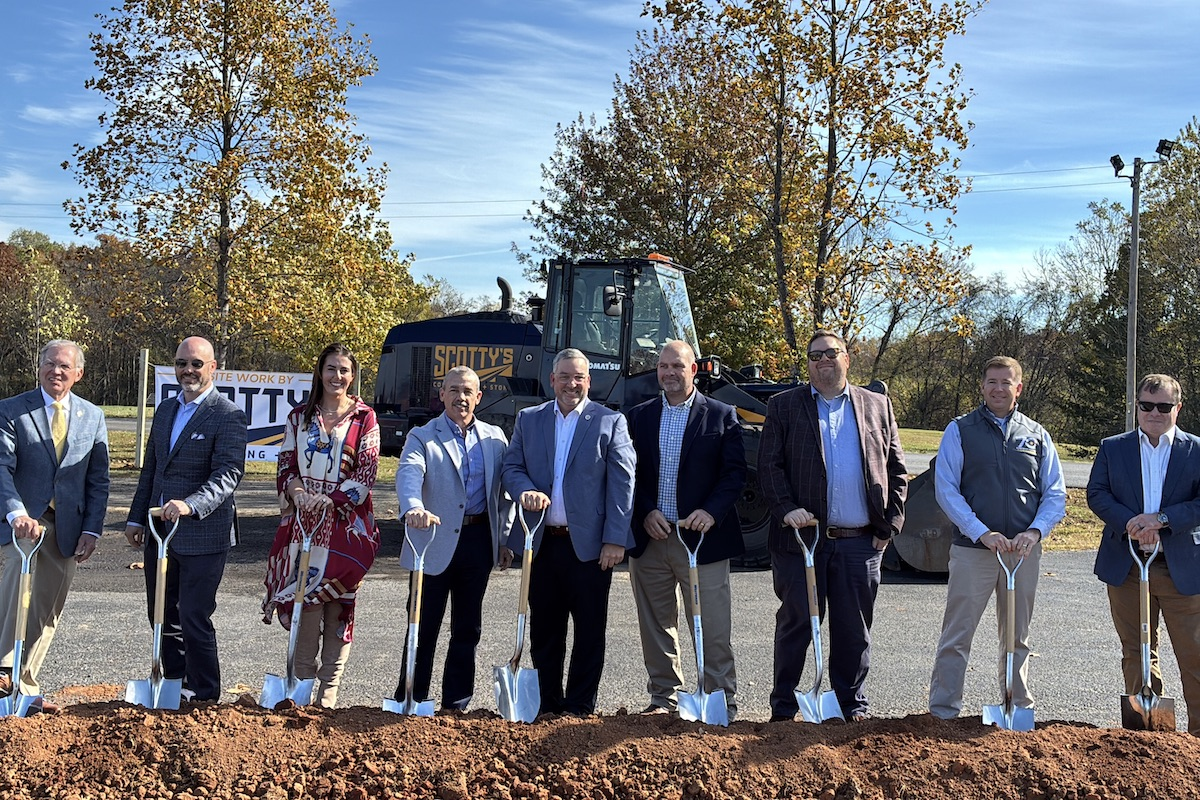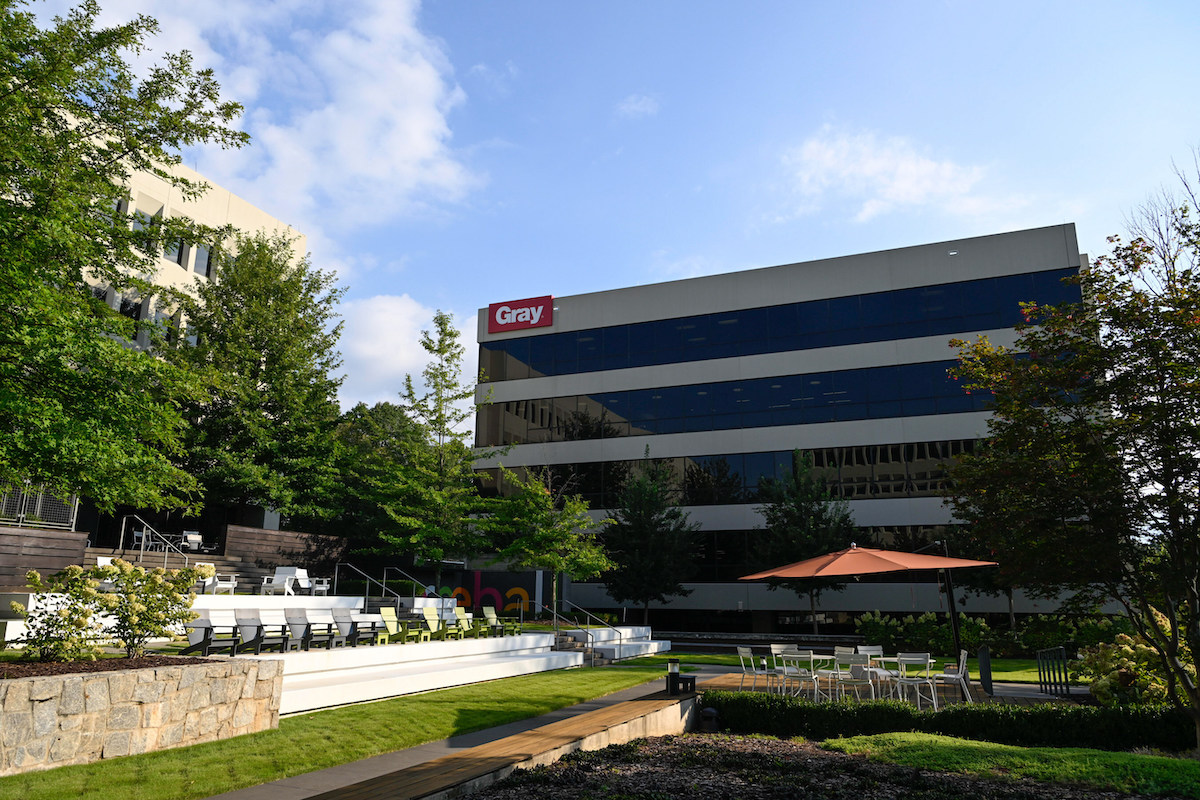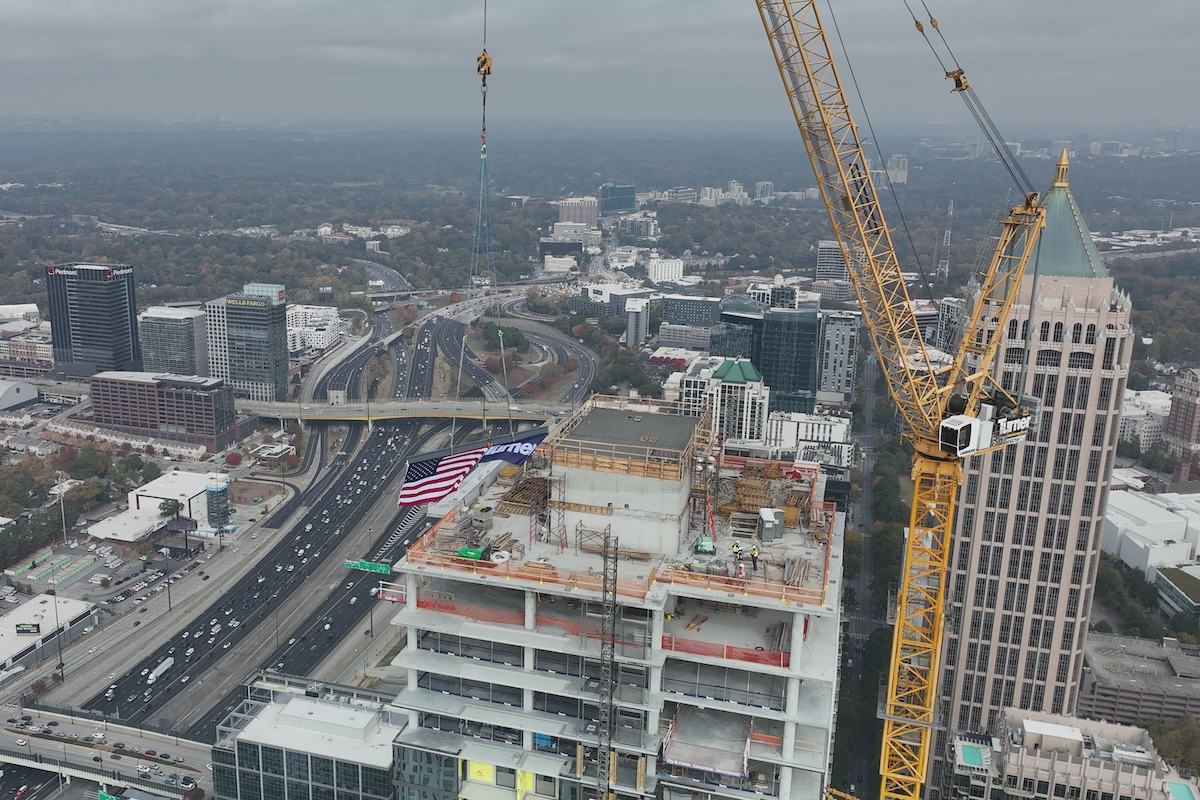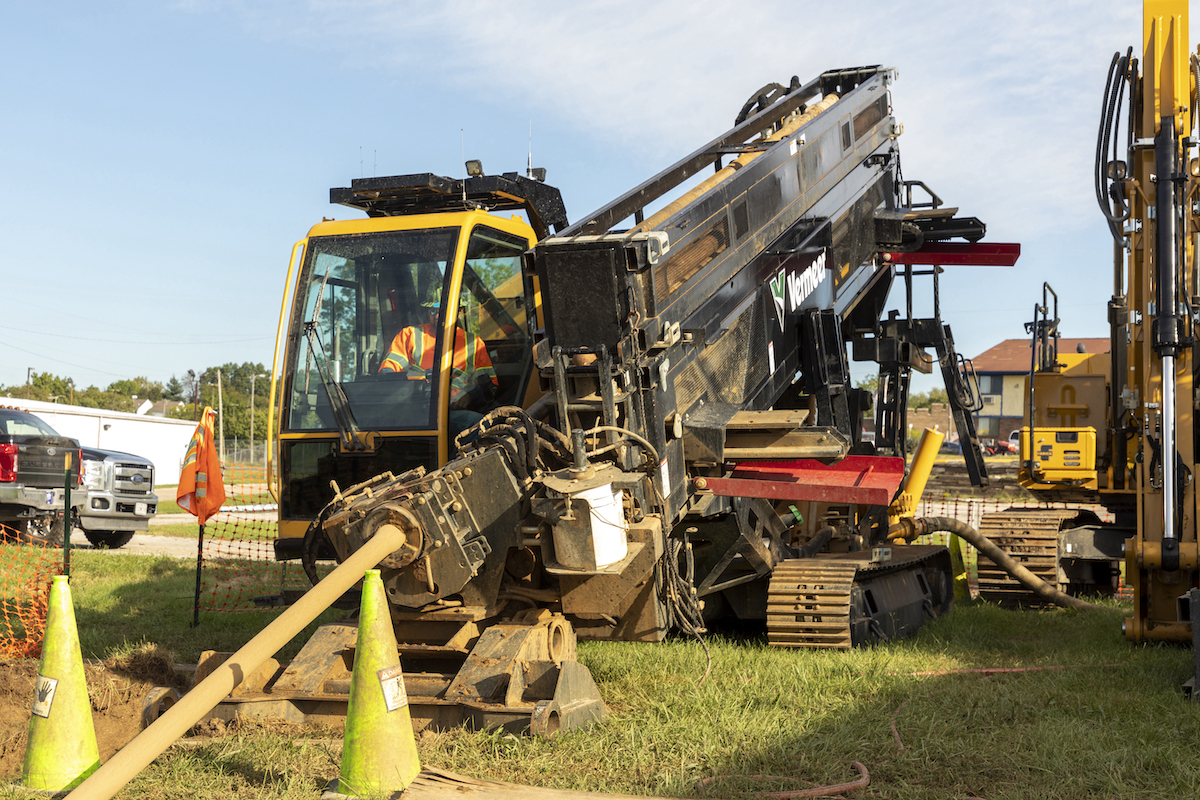As the industry slowly transitions from paper time entries to digital time-tracking tools, business leaders gain invaluable access to data that can revolutionize processes at all rungs of the company ladder. This includes enhancing estimating accuracy, optimizing workforce management, and ensuring compliance with evolving local, state, and federal regulations.
In the 1990s, electronic systems and smart card attendance took root in the market. These innovations helped improve the manual process, but they still left much to be desired when it came to reducing falsified data incidents and human data entry errors, absence and overtime management, and payroll processing time.
Modern technology is much more sophisticated and efficient. Today’s software options have built-in features that address historic challenges and improve workforce management visibility. For example, employees can download apps to clock into work using their phones and companies can set up geofencing to track when workers are on a specific job site.
Accurate Forecasting/Estimating
Time and productivity data are essential for estimators to craft precise project forecasts and control costs effectively. Benchmarking progress and tracking labor hours enable them to gauge the productivity levels of individual work teams and better assess workloads within specific timeframes.

| Your local Komatsu America Corp dealer |
|---|
| Linder Industrial Machinery |
Estimators may also leverage time and attendance data to oversee and mitigate overtime expenses. By identifying trends that indicate potential budgetary constraints in the early stages, teams can proactively make adjustments to help the project stay on budget.
Streamlined Scheduling
Rather than creating worker schedules with sticky notes on a whiteboard, supervisors can schedule and adjust shifts on a computer. In addition to simplifying the logistics process, employees can access their schedules in advance and request changes easily.
Historically, when unexpected changes occurred — a new job site location due to bad weather conditions, for example — supervisors had to call each employee to notify them the day before. Success rates with reaching people outside of work hours can be unpredictable and elevate the risk that projects won’t have enough people show up to the correct place. With digital time and attendance, supervisors can send employees real-time alerts about job updates. Having access to this feature enables construction firms to provide clients with labor security.
Workforce Planning
Construction is a cyclical industry with changing labor needs depending on the time of year. By analyzing historical workforce data year-over-year, owners and supervisors can strategically plan for the upcoming busy season and new projects.
Gaining visibility into project trends allows owners to make better headcount decisions and appropriately allocate site-by-site resources. As the business grows, companies can use the information to justify hiring needs before understaffing causes project delays or other inefficiencies that limit the ability to complete current work efficiently or pursue new bids.
Job Site Safety
Ensuring the right employees are present on a job site is as much a safety issue as it is an attendance concern. Construction sites are inherently dangerous, and only qualified personnel with the right training should perform designated tasks.
Some providers offer features that allow field teams to capture incident information in real time. When clocking out, an app might ask employees, “Were you injured on the job today?” Owners can periodically analyze the data at a macro level to understand if they should invest in additional safety training or have a check-in with employees who are repeatedly involved in safety incidents.
Time and attendance data also helps avoid worker fatigue, which can lead to workplace accidents, injuries, or worse. Tired and burned-out employees are less efficient, and prolonged work under these conditions can lead to long-term health issues. Supervisors can use time and attendance data to understand which employees may be nearing capacity and implement measures to support them.
Compliance Tracking
Compliance violations can break a business. Fines take a bite out of a company’s bottom line, but the reputation damage can be even harder to recover from. For contractors who work with federal contracts, repeated violations can even lead to blacklisting, cutting off a crucial source of new business.
Not long ago, I heard from one construction owner who paid a $12,000 fine for a meal break violation and wanted a solution to ensure it never happened again. Time and attendance technology can support labor law compliance, including meal and break times. In addition to giving supervisors the visibility to ensure employees comply with local, state, and federal laws, the tool creates a digital paper trail from which companies can quickly pull reports when responding to auditors.
Strategic Thinking
Payroll processing is a significant portion of the human resources department’s responsibility. Without digital time tracking, it can take hours upon hours to collect timesheets, enter the information into the payroll system, and process paychecks — and heaven help them if there are any errors. Employees will remember any time there’s an issue because they depend on timely and accurate pay.
Time and attendance solutions streamline a time-consuming process and reduce error risk. From a growth perspective, think of what the HR team could do with the time they get back. Instead of spending hours on a manual process, they can focus on strategic, high-value tasks like improving employee engagement, finding and hiring the best talent, and implementing processes that bolster company-wide efficiency.
The construction industry revolves around keeping clients satisfied and doing good work. Time and attendance data helps owners gain a comprehensive understanding of the capabilities and limitations of their available workforce. Without the right information to back business decisions, owners are betting that their company’s growth plan will succeed based on guesswork.
Jenn Ordonez is the Vice President of Sales at Arcoro, a provider of human resources management solutions for the construction industry. With expertise derived from 13 years of management and sales experience, Ordonez supports construction businesses in implementing solutions that enable their companies to perform efficiently and scale. Reach her at Jennifer.Ordonez@arcoro.com.



















